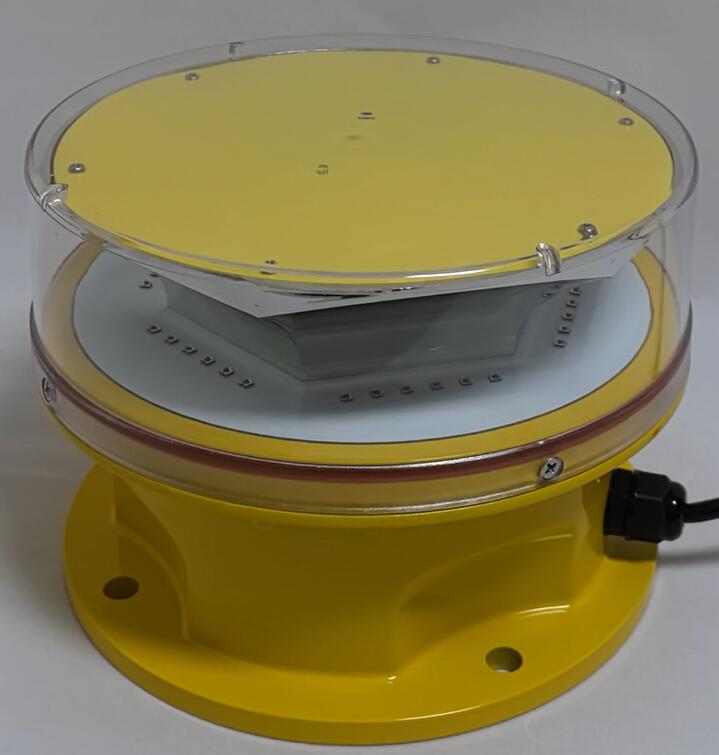In the realm of aviation, where safety and efficiency are of utmost importance, the Federal Aviation Administration (FAA) plays a crucial role. Among the many regulations and designations issued by the FAA, FAA L864 stands out as a significant element that impacts various aspects of the industry.
FAA L864 is not just a random combination of letters and numbers. It represents a set of specific guidelines, requirements, and procedures that are designed to ensure the smooth operation of aircraft and the safety of passengers and crew. This code is the result of extensive research, analysis, and collaboration among experts in the field of aviation.
One of the key areas where FAA L864 has a major impact is in aircraft maintenance. Aircraft are complex machines that require regular inspection and maintenance to ensure their safety and reliability. FAA L864 provides detailed instructions on the types of maintenance procedures that must be followed, the frequency of inspections, and the qualifications of the personnel performing the work.

For example, under FAA L864, aircraft mechanics must be properly trained and certified to perform certain maintenance tasks. They must also follow strict safety protocols to prevent accidents and ensure that the work is done correctly. This helps to ensure that aircraft are in optimal condition and can operate safely in the skies.
| FAA L864 | 4EDY |
In addition to maintenance, FAA L864 also plays a role in aircraft design and manufacturing. Aircraft manufacturers must comply with the requirements of FAA L864 to ensure that their products meet the highest safety standards. This includes everything from the materials used in construction to the design of the aircraft's systems and components.
For instance, FAA L864 may specify certain strength requirements for aircraft structures or certain performance standards for engines and avionics. By adhering to these standards, manufacturers can ensure that their aircraft are safe, reliable, and efficient.
Another area where FAA L864 is important is in pilot training and certification. Pilots must be trained to understand and comply with the regulations set forth by FAA L864. This includes training on topics such as flight safety, navigation, and emergency procedures.
For example, pilots may be required to complete specific training courses on the use of advanced avionics systems that are covered by FAA L864. They must also be familiar with the safety procedures and limitations associated with different types of aircraft and flight conditions.
FAA L864 also has implications for air traffic control and operations. Air traffic controllers must be aware of the regulations and procedures outlined in FAA L864 to ensure the safe and efficient flow of air traffic. This includes coordinating with pilots, monitoring aircraft movements, and providing guidance and instructions as needed.
For instance, FAA L864 may specify certain procedures for handling emergencies or for communicating with aircraft in different flight phases. By following these procedures, air traffic controllers can help to ensure the safety of all flights and prevent accidents.
In conclusion, FAA L864 is a vital part of the aviation industry. It provides a framework for ensuring the safety, efficiency, and reliability of aircraft operations. Whether it's in aircraft maintenance, design, pilot training, or air traffic control, FAA L864 plays a crucial role in keeping the skies safe for everyone. As the aviation industry continues to evolve, it's important that we understand and adhere to the requirements of FAA L864 to ensure a prosperous and safe future for aviation.